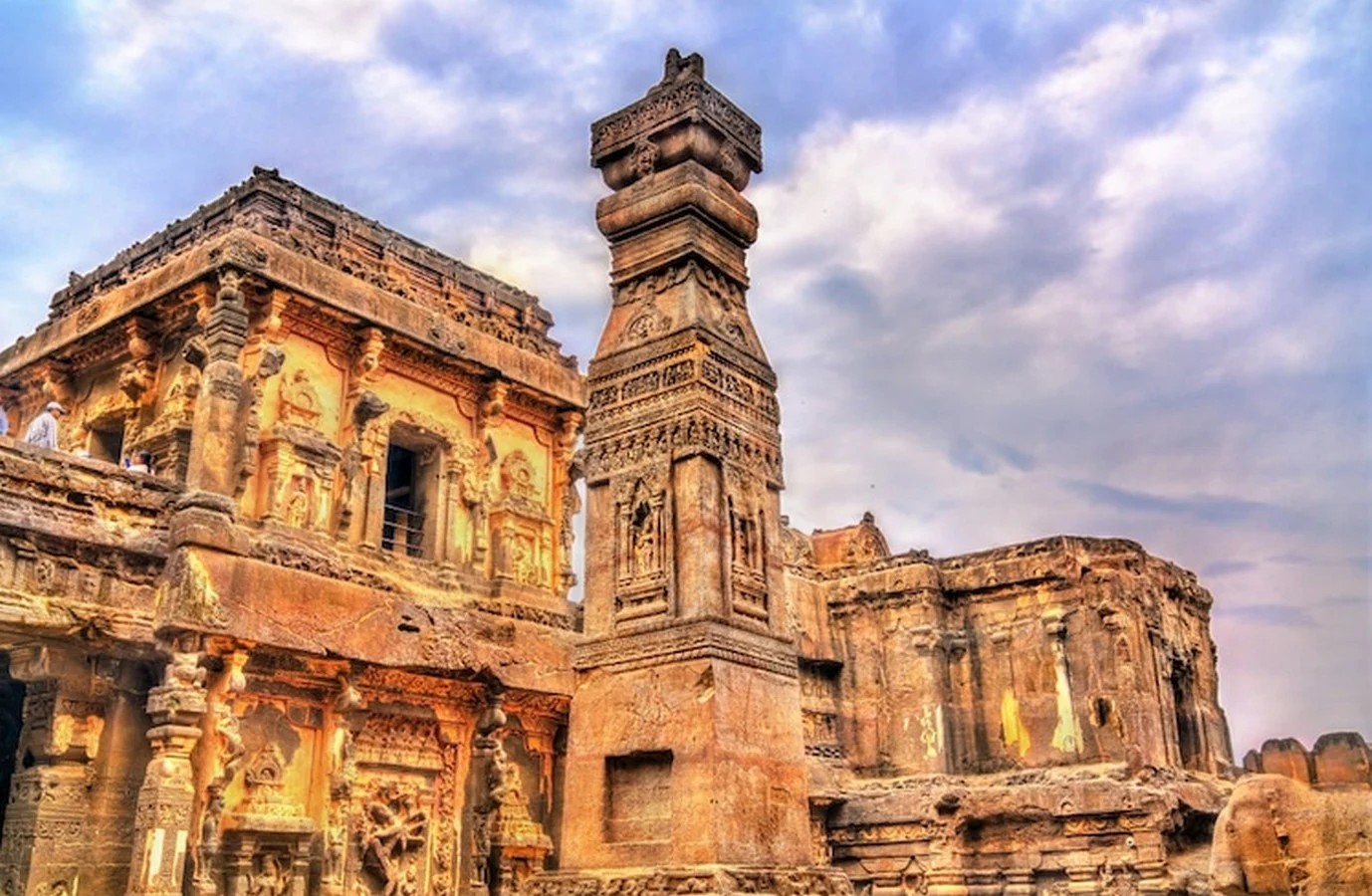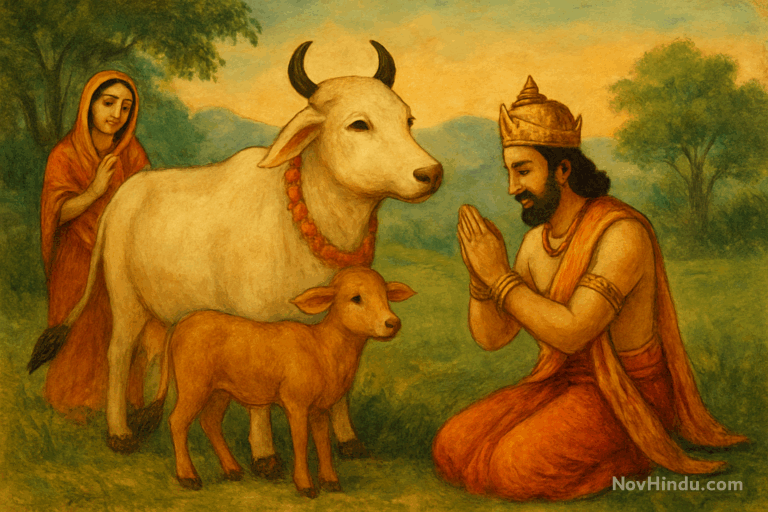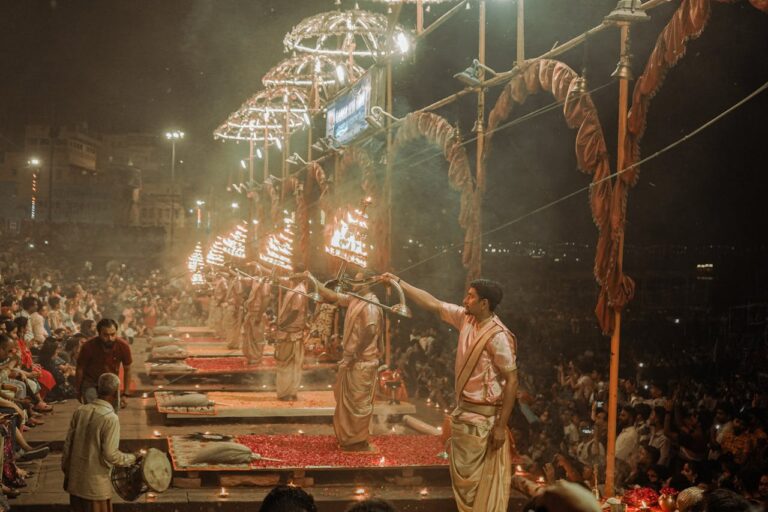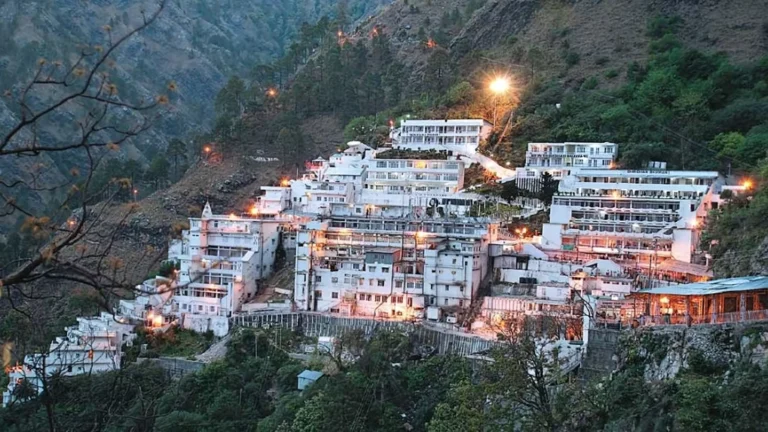If you stand in front of the Kailasa Temple at Ellora, the first thing you feel isn’t just awe — it’s disbelief.
It’s the kind of disbelief that makes you look for hidden joints, seams, or any proof that this temple was assembled in pieces like a giant puzzle. But there are none. The temple is one seamless work of stone, carved top to bottom out of a single mountain.
You’re not looking at something built. You’re looking at something revealed.
A Temple Born by Removing the Mountain
Some temples rise from the ground up, each block stacked on another like history in layers. Kailasa isn’t one of them. This is the world’s largest monolithic rock-cut structure — carved directly into a basalt cliff in the 8th century.
And here’s the part that boggles the mind: instead of quarrying stone elsewhere and bringing it here, workers simply chipped away at the mountain, removing an estimated 200,000 tons of rock — without power tools, without explosives, and without modern engineering software — until the temple emerged.
It’s like someone sculpting an ice statue, except the ice is a mountain and the tools are chisels and hammers.
The Patron and the Ambition
The temple’s creation is credited to Rashtrakuta King Krishna I (circa 756–773 CE). The Rashtrakutas were no strangers to grand architecture, but this was something beyond ambition. This was a statement to the gods and to history.
The Kailasa Temple was dedicated to Lord Shiva, modeled after his mythical home, Mount Kailash. The name wasn’t metaphorical — it was a direct declaration: If Mount Kailash is in the Himalayas, we will bring a Kailash here, in stone.
And they did.
Legends That Refuse to Fade
Every great monument has two histories — the one in the records and the one in whispers. The Kailasa Temple’s whispered history is even more dramatic than its recorded one.
One popular legend from the Katha Kalpataru says a local queen, devoted to Lord Shiva, prayed for his blessings to cure her husband’s illness. She vowed to build a temple if he recovered — and to have its shikhara (spire) completed within a week.
The king recovered, but the challenge seemed impossible. Then an architect named Kokasa stepped forward and promised to fulfill the vow — not by building from the bottom up, but by carving from the top down. This way, the spire could be finished first, fulfilling the queen’s promise.
It’s a beautiful story — part miracle, part masterstroke of design — and it explains why the temple’s construction defies our modern sense of sequencing.
Architecture That Laughs at Time
Walking through Kailasa is an exercise in sensory overload. Every surface is alive with carvings — panels telling stories from the Ramayana, Mahabharata, and various Puranas.
Elephants line the base, as if holding the temple on their backs. Pillars rise without seeming to weaken under centuries of rain, sun, and wind. There’s a nandi mandapa (pavilion for Nandi, Shiva’s bull) facing the main shrine, perfectly aligned in proportion.
The temple is two storeys high, but because it’s sunk into the mountain, you descend into it, passing under rock-cut gateways. Even the courtyards are carved out of the mountain itself — nothing here is “built,” everything is “freed” from the rock.
Science Meets Mystery
Historians estimate that it took 100 years and thousands of workers to complete the Kailasa Temple. But here’s the sticking point: the precision of symmetry, the quality of the carvings, and the scale of excavation are such that some researchers wonder if the timeline is even realistic.
Modern architects point out that the risk of a single miscalculation — one wrong strike of the chisel — could have ruined the entire temple. Yet, no such blunder is visible.
This is why the temple often attracts alternative theories. Some suggest forgotten ancient engineering techniques. Others go further into the realm of lost civilizations. Whatever you believe, one thing is clear: the temple’s creation required more than just skill — it demanded vision, patience, and an almost spiritual focus.
The Living Temple
Unlike many ancient sites that are now silent ruins, the Kailasa Temple is still alive with rituals. Bells ring. Incense smoke curls through the air. Devotees walk barefoot over the same stone floors that artisans once chipped with iron tools.
Visiting during Maha Shivratri is a sight to behold. The entire complex feels like it’s pulsing with energy — chants echo between the basalt walls, and for a moment, you forget you’re in the 21st century.
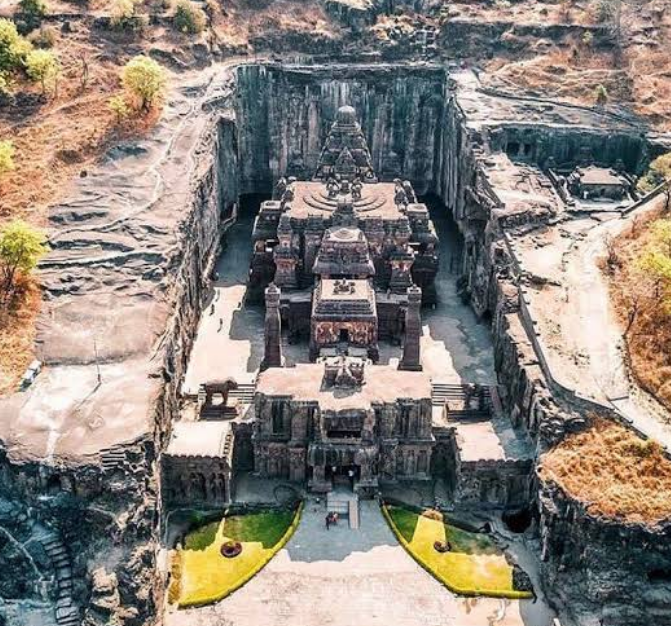
More Than a Monument
Standing in the courtyard, you realize Kailasa isn’t just about size or technique. It’s about devotion carved into permanence. Every groove, every sculpture, every shadow is an offering.
And maybe that’s the real miracle — that the temple has endured for over 1,200 years not because it was engineered to last, but because it was made in the spirit of something eternal.
Discover more from Nav Hindu
Subscribe to get the latest posts sent to your email.

